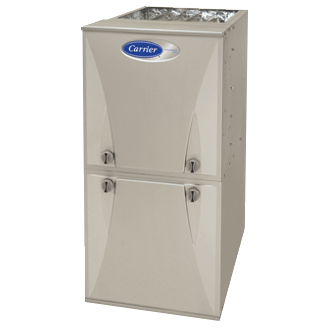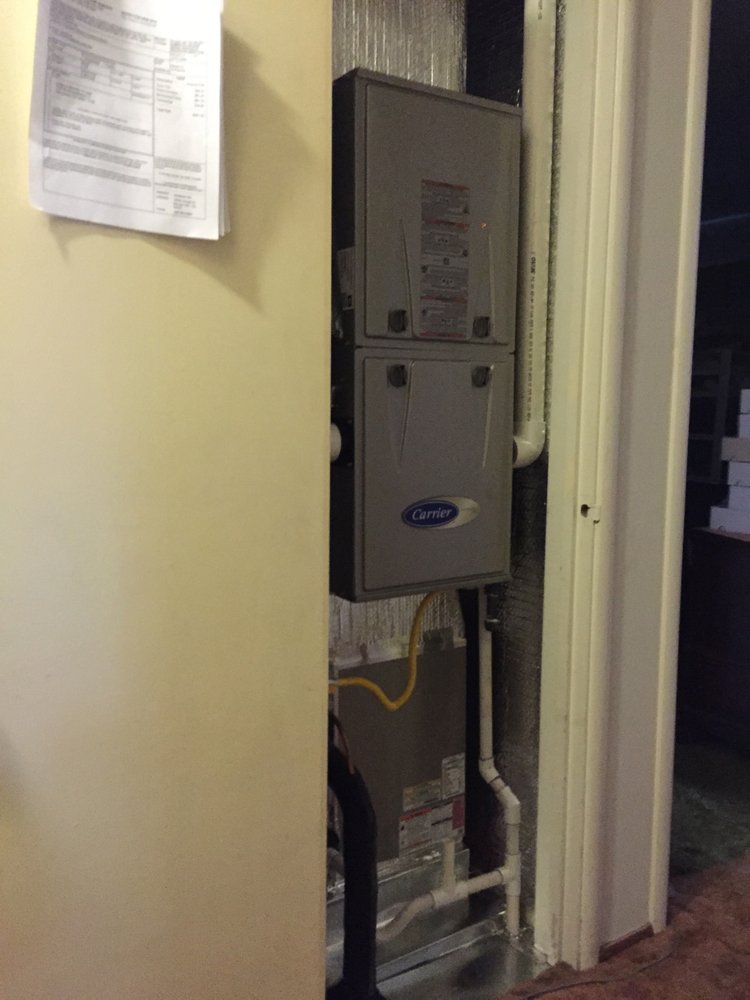Considerations for Replacing Your Furnace
However, if your furnace is getting up in age, it may be time to get it replaced. In this article, we’ll look at the major considerations for buying a new furnace. Is it the right time to get a new furnace? And if so, what characteristics should you be looking for in a new heating unit?
Indications It’s Time to Replace Your Furnace
What is the normal life span of a home furnace? According to EnergyStar, most furnaces last 15 to 20 years.
Furnaces less than ten years old are usually more cost-effective to repair rather than replace. Once the furnace or central heating reaches twelve years or more, replacement is a viable consideration.
Is the Warranty Past It’s Expiration Date?
Most heater warranties last 5 to 15 years. Furnaces last between fifteen and twenty years. Furnaces that need repair every year, that are also more than a dozen years old are a prime candidate to be replaced. These furnaces are past the timeboxed parameters of most warranties.
How Often Does Your Furnace Need Repairs?
When is a home furnace a good candidate for replacement? One sign is that the furnace longer efficiently heats your home or is in constant need of repair.
If the repair costs each year are one-third the cost of furnace replacement, repairs will be the best course of action.
When repair costs are fifty percent or more of the cost of replacement, or if you are having to call a HVAC contractor for repairs every year, then furnace replacement is the most logical choice.

Are Your Energy Bills Going Up In the Winter?
If your energy bills are dramatically higher in the winter versus the summer, or if your winter energy bill is higher than in past years, it may be time to get a new furnace.
The good news is that Carrier Energy Star certified gas furnaces are about 11% more efficient than regular, non-Energy Star models. Customers typically save an average of $30 a year on energy bills in California.
Energy Star certified furnaces must meet strict guidelines set by the United States Environmental Protection Agency for energy savings and reduced carbon emissions.
Size of Home or Area to be Heated
How many square feet will your furnace need to heat?
Heating capacity is measured in BTUs, or British thermal units. One BTU is how much heat it takes to raise the temperature of one pound of water by one-degree Fahrenheit.
The standard used by heating and cooling equipment is to provide 25 to 30 BTU per square foot for homes in a Mediterranean-like climate, such as California. A home of 2,000 square feet would need about 60,000 BTU to heat it adequately.
Your heating contractor should give you a Manual J calculation for BTUs needed for the square footage of your home. The Manual J is a standard load calculation agreed upon by the Air Conditioning Contractors of America.
Zoning Systems
Sometimes, because of architectural decisions, different rooms in your house may heat up and cool down faster or slower than others. This effect can be especially pronounced when the thermostat is near one of the affected rooms.
A “zoned” heating and cooling system helps eliminate this problem. A zoned thermostat divides the rooms up into groups called “zones”. These are individually designated temperature areas, with their own thermostats. The HVAC system can control the temperature in each of these zones.
Carrier has a special thermostat system that can regulate the temperature and humidity for up to four zones. You can read more about this thermostat model on their website.
Blower Speed
There are two main types of blowers in residential furnaces: fixed speed, and variable speed.
One-stage furnaces have a fixed heat output and blowing speed. Two-stage furnaces have a high heat output for colder days, and a lower heat output for milder days, and a variable blower speed.
With one-stage furnaces, turning on the heat usually means you are overwhelmed with a burst of hot air. When you turn off the heat, it is a jarring effect, as the blower speed goes directly to zero.
Conversely, two-stage furnaces have a more gradual effect. The heat and blower go full force in winter months but run at a lower heat and blower intensity in the spring and summer. Two-stage furnaces have a variable gas valve and variable speed blower, so the heat level matches what is required to make the room temperature comfortable.
Variable speed blowers generally maintain a more consistent room temperature, without massive fluctuations.
Fuel Source and Energy Efficiency
Furnaces run on either natural gas or oil as a fuel source. Generally, gas furnaces are more efficient than oil furnaces.
Gas furnaces can reach up to 98.5% AFUE at the high end, while oil furnaces top out at 86.6% AFUE.
AFUE is an abbreviation for Annual Fuel Utilization Efficiency, a measurement of how efficiently a furnace turns fuel into thermal energy.
What’s a good AFUE rating? A mid-range efficient furnace will have an AFUE of 80 to 85 percent. High efficiency furnaces will have an AFUE rating of 90 percent and higher.
.

Installation Quality
Always make sure you hire a licensed HVAC contractor to install your furnace. Licensed heating contractors will stand behind their work and offer some sort of workmanship guarantee.
Furnace Pricing
Your heating contractor can help you make an informed decision about upfront pricing versus ongoing operating costs. The goal should be to find a balance between efficiency over time, overall energy costs, and initial investment. Your HVAC technician can help you select the best residential furnace for your needs.
Rebates and Incentives
In California, property owners can apply for rebates, discounts, rewards and other incentives under the Energy Upgrade California™ program when they invest in energy efficient projects.
We can make recommendations about which furnaces qualify for energy efficiency rebates, so those savings are passed on to you.
Summary
Replacing your home furnace doesn’t need to be difficult. Our HVAC technicians can help you decide whether furnace repair or replacement is the best option. We’ll also help you find a furnace that is reliable, long-lasting, that will help you save on your energy bill. For a free estimate, fill out the form here, and we will contact you shortly.